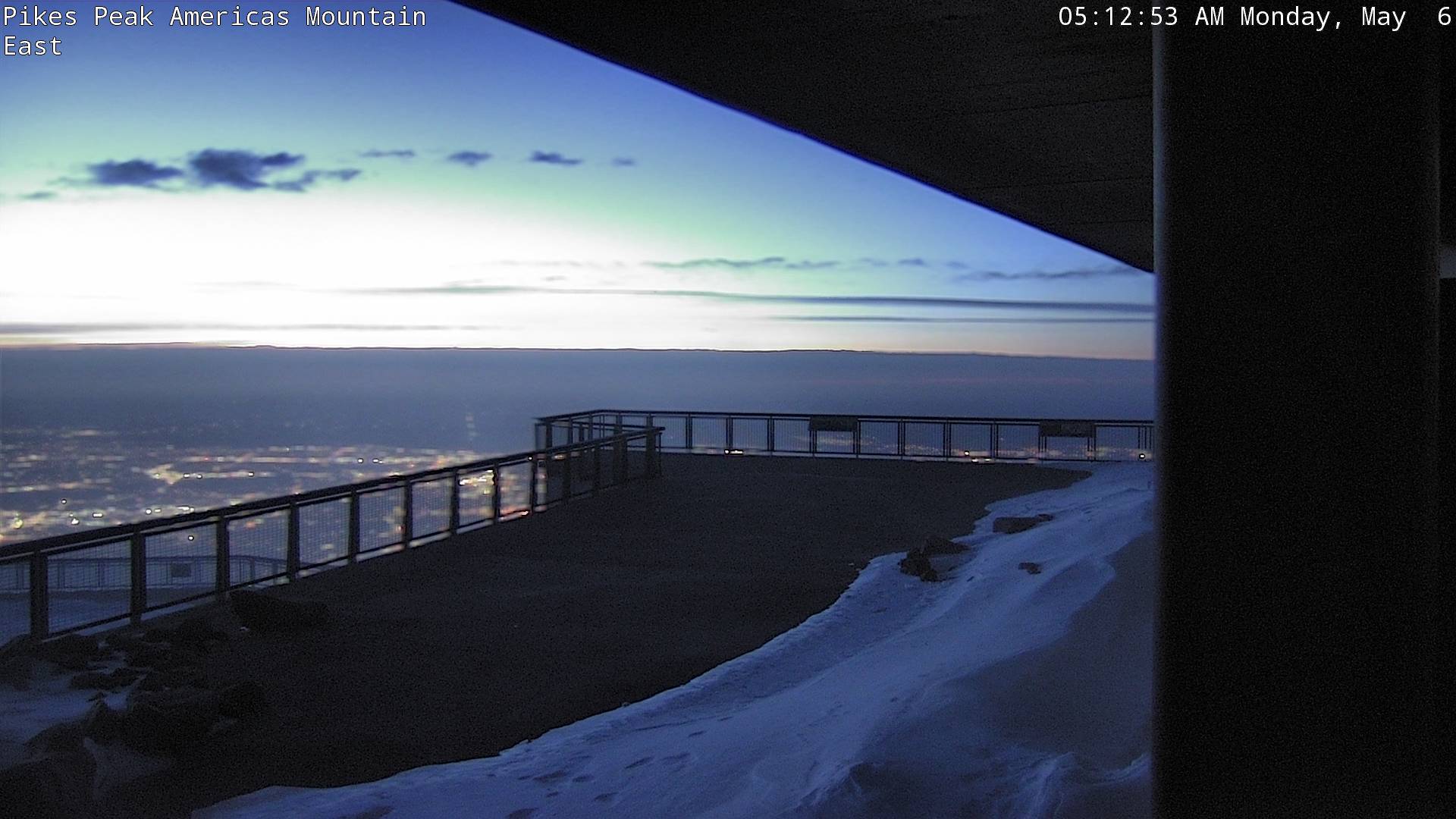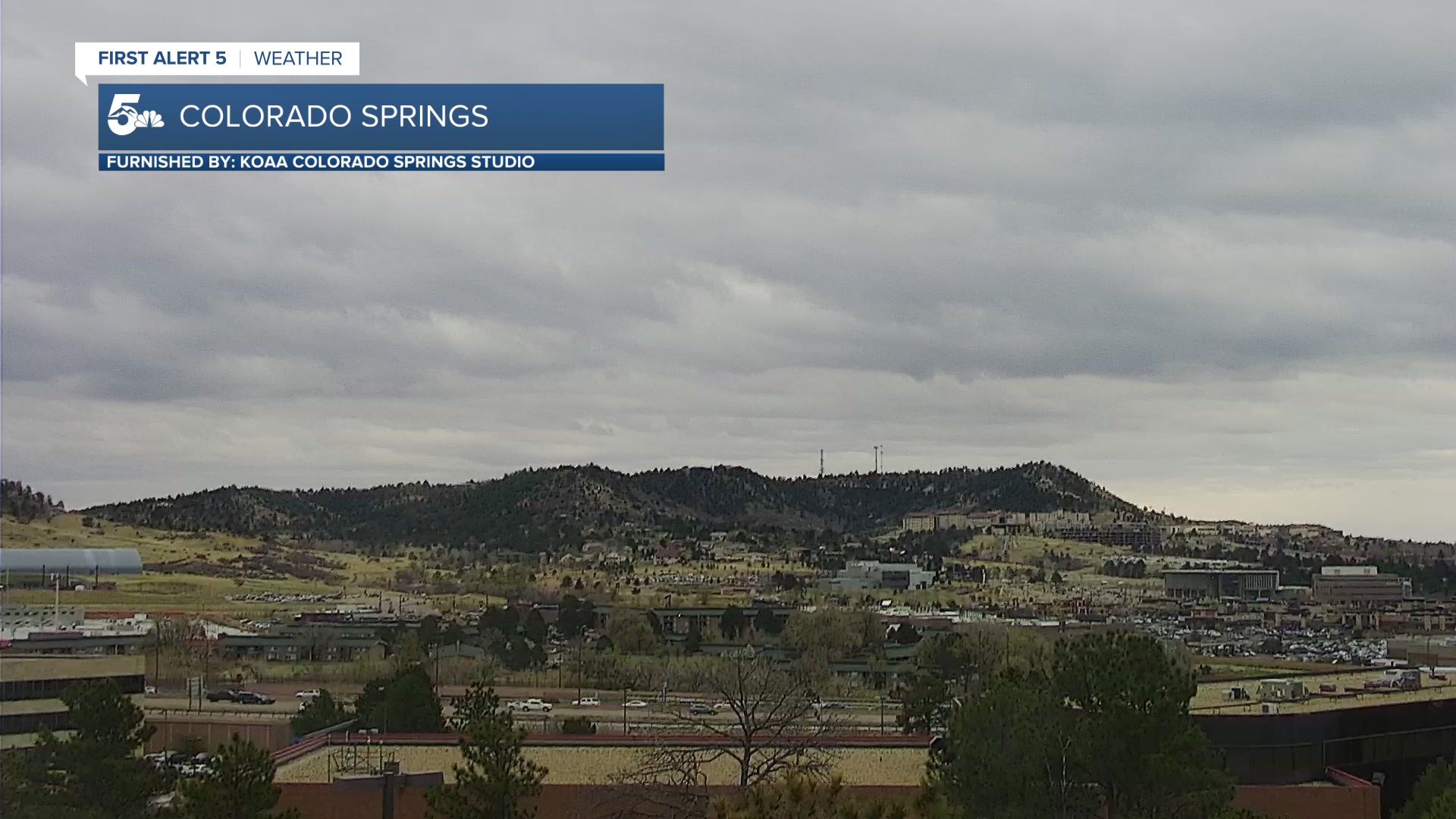Colorado Springs Weather Cams
Downtown Colorado Springs Tejon Street Cam
Pikes Peak Looking East

Pikes Peak Looking South
City Of Colorado Springs Municipal Airport (KCOS) via FAA
Colorado Springs via KOAA News5 (West)

Colorado Springs Downtown via KOAA News5

Cheyenne Mountain

Colorado College
Garden of the Gods Resort

Seven Falls Cam
The Broadmoor Cam
Colorado Springs: A Legacy of Exploration, Industry, and Natural Beauty
Colorado Springs, Colorado Weather Cams. Nestled at the base of Pikes Peak, Colorado Springs has long been a hub of exploration, industry, and tourism. Founded in 1871 by General William Jackson Palmer, the city was envisioned as a resort town, attracting visitors with its stunning scenery and mineral springs. Over the decades, Colorado Springs has evolved into a center for military operations, aerospace research, and outdoor recreation, while maintaining its historical charm.
Early History: Native American Presence and Exploration
Before European settlers arrived, the Ute, Cheyenne, and Arapaho tribes inhabited the region, using the foothills and plains for hunting and seasonal migration. The area’s mineral springs, particularly those in Manitou Springs, were considered sacred by Indigenous peoples.
In 1806, explorer Zebulon Pike led an expedition through the region, attempting to summit the mountain that would later bear his name. Though unsuccessful, his journey brought national attention to the area.
The Founding of Colorado Springs
General William Jackson Palmer, a Civil War veteran and railroad magnate, founded Colorado Springs in 1871 as a planned community. His vision was to create a sophisticated resort town, attracting wealthy visitors and residents. The city’s broad streets, tree-lined avenues, and European-style architecture reflected this ambition.
Palmer also established the Denver & Rio Grande Railroad, which connected Colorado Springs to Denver and beyond, fueling economic growth.
The Gold Rush and Economic Expansion
The discovery of gold in Cripple Creek in 1891 transformed Colorado Springs into a financial hub. The city became home to mining exchanges and brokers, facilitating the booming gold industry. For a time, Colorado Springs had more millionaires per capita than any other U.S. city.
Military Influence and Aerospace Development
During World War II, Colorado Springs became a strategic military center. The establishment of Fort Carson in 1942, followed by the United States Air Force Academy in 1954, solidified the city’s role in national defense.
The Cold War further expanded military operations, with the construction of NORAD’s Cheyenne Mountain Complex, a command center built inside a granite mountain.
The Surrounding Area: Natural Wonders and Historic Sites
Colorado Springs is surrounded by breathtaking landscapes, including:
-
Garden of the Gods: A stunning collection of red rock formations, designated as a public park in 1909.
-
Manitou Springs: A historic town known for its mineral springs and connection to Native American traditions.
-
Royal Gorge: Located west of the city, this deep canyon features the Royal Gorge Bridge, one of the highest suspension bridges in the world.
Modern Colorado Springs: A Thriving City
Today, Colorado Springs is known for its outdoor recreation, aerospace industry, and cultural attractions. The city hosts the U.S. Olympic & Paralympic Museum, reflecting its role as the headquarters of the U.S. Olympic Committee.
With its blend of history, natural beauty, and innovation, Colorado Springs continues to be a dynamic and evolving city.
For more information, visit the Colorado Springs, Colorado official website.

